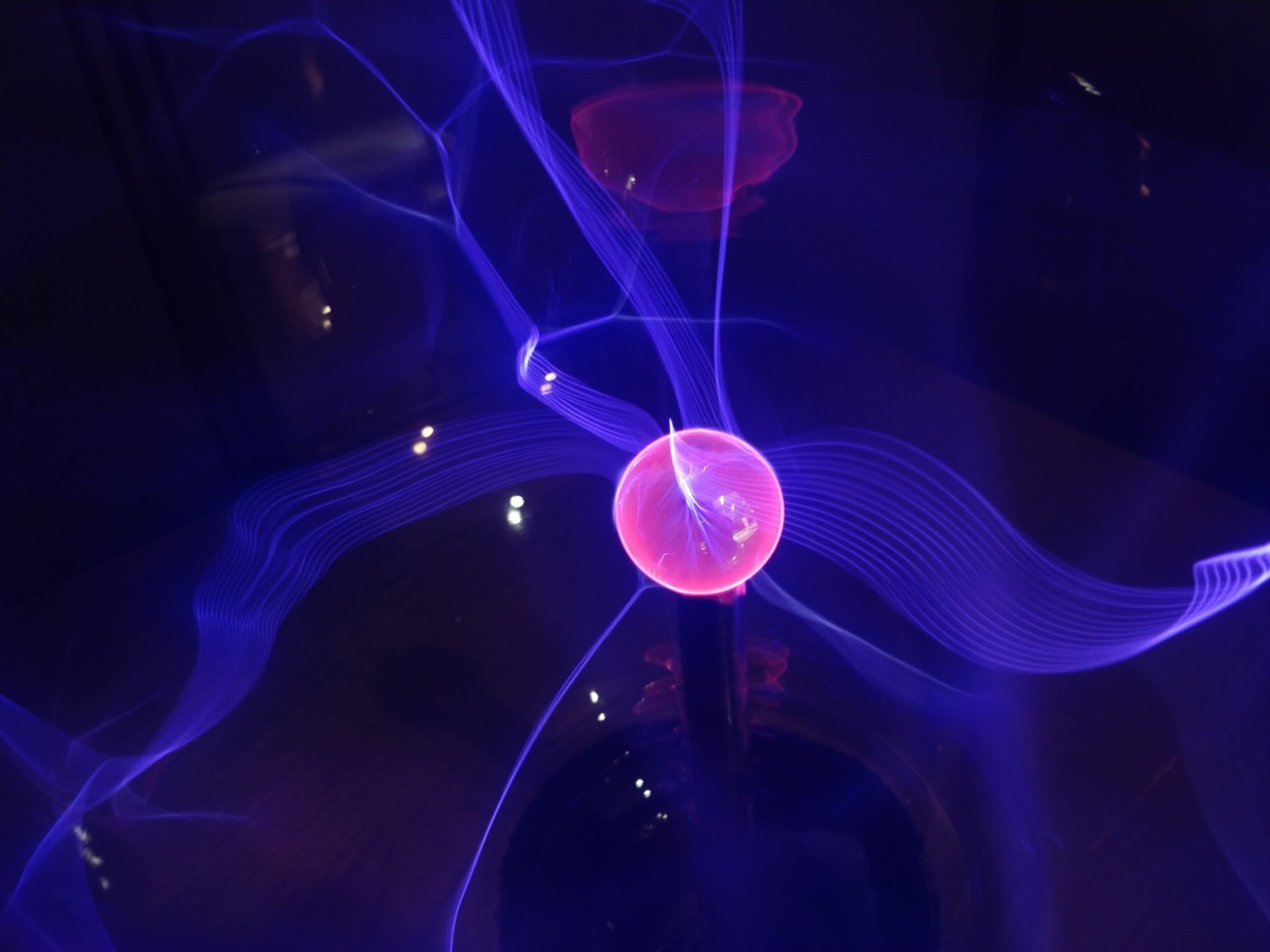Could magnon quasiparticles help us find dark matter?
The search for dark matter, and the question of what it actually is, is one of the great unsolved mysteries currently facing scientists. It makes up about 80% of all the matter in the universe, and scientists know that it must be there, but no-one has as of yet actually observed any of it. Previous experiments to produce some of this dark matter have failed, but scientists now have a new plan – they’re hoping that a quasiparticle known as the magnon will finally turn up the elusive matter. It’s worth briefly sketching what dark matter is. In the 1930s, a Swiss astronomer called Fritz Zwicky noticed that galaxies in a distant cluster were orbiting each other much faster than they should have been, on account of the visible mass they had. Thus, he proposed that there must have been an unseen substance too, which he called dark matter, contributing to the gravitational pull of these galaxies. Since then, researchers have confirmed that the material is found throughout the universe using elements of this same principle, and it’s there in abundance.
But then, this does lead to an obvious question – if we know that it’s there, why haven’t we found any yet? The assumption is that dark matter is some kind of new, exotic particle that isn’t yet understood by physics. Although it surrounds us and passes through us constantly, it doesn’t interact with light or charged particles, and that makes looking for it somewhat tricky. We’ve only been able to indirectly ‘see’ it via the gravitational force – we know that it must be there because gravity interacts with it.
In the 1930s, a Swiss astronomer called Fritz Zwicky noticed that galaxies in a distant cluster were orbiting each other much faster than they should have been, on account of the visible mass they had
Scientists had a plan for trying to find it, by hoping that it would feel the weak nuclear force, which is responsible for radioactive decay. They built huge detectors, in which a big mass of any element could decay, and as dark matter particles pass through it, it was hoped that one of these particles could interact with the atomic nuclei of an element via the weak nuclear force. The detector would see this interaction via a change in mass, thereby confirming the existence of dark matter.
However, this approach has failed to turn up fruit. The dark matter particle needs to be heavy enough to knock out a nucleus and, as experiments have been running for years, the heavier masses are being ruled out. If the particle is too light, the detectors just aren’t built to see it, and these experiments would fail to turn them up.
However, this approach has failed to turn up fruit
And this is where the magnon comes into the picture. Physicists have proposed a detailed experimental setup that could spot a dark matter particle in the act of changing the spin of electrons (assuming that dark matter has the ability to do this). If this worked, the particle could be detected no matter its weight, because it would create magnons in the material.
What is a magnon? Imagine a material at absolute zero – all the electrons within that material will point and spin in the same direction. As you heat it up, some of these spins will randomly flip, and the amount of flips increases as you raise the temperature. Each of these flips serves to both reduce the magnetic strength a little bit, and causes a little ripple in the energy of the material – this ripple can be viewed as a quasiparticle, the magnon. The proposed experiment would look for these magnons – if you had a cold material, and enough dark matter particles struck it and flipped some spins, we’d observe the magnons, and therefore have a different confirmation that they exist.
Physicists have proposed a detailed experimental setup that could spot a dark matter particle in the act of changing the spin of electrons (assuming that dark matter has the ability to do this)
This experiment presupposes that dark matter can interact with normal matter in this way but, if the assumption is correct, it could help solve one of the biggest unanswered questions in science and vastly influence our understanding of our universe.

Comments